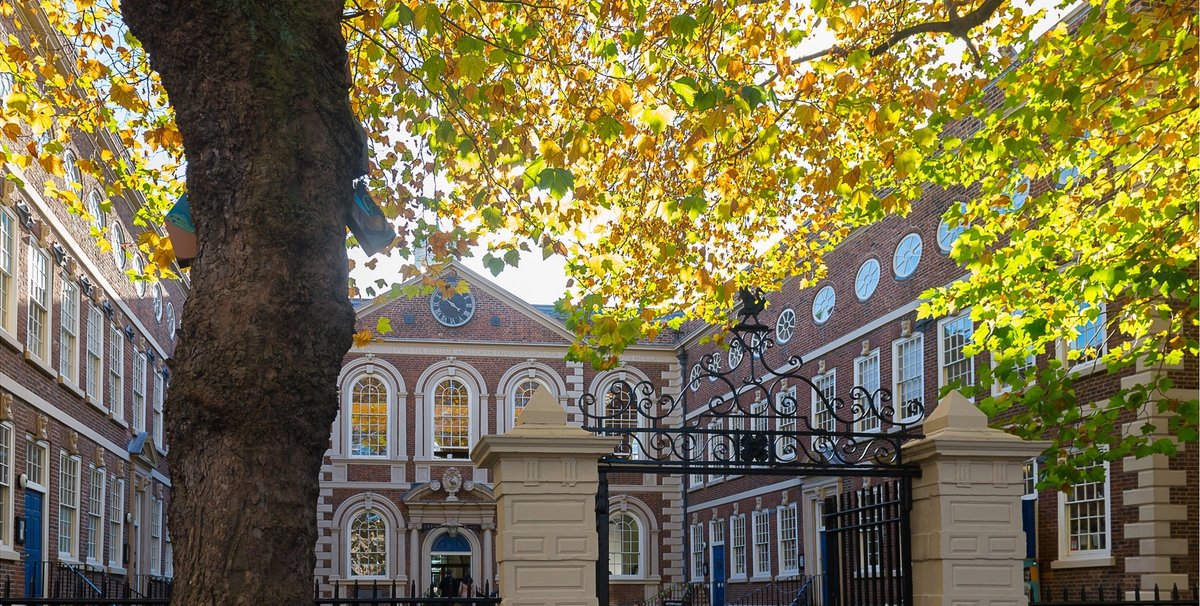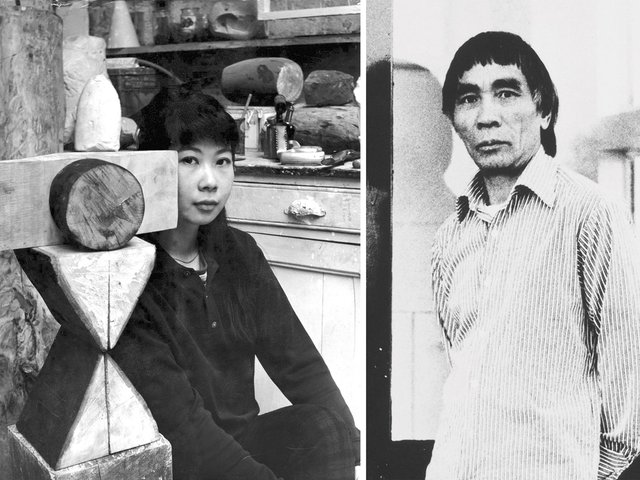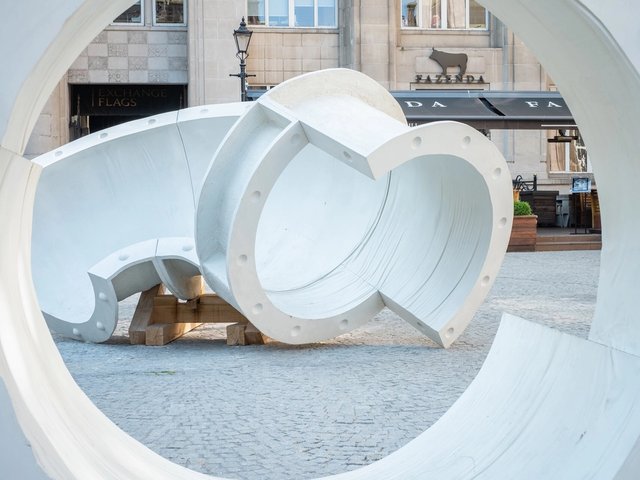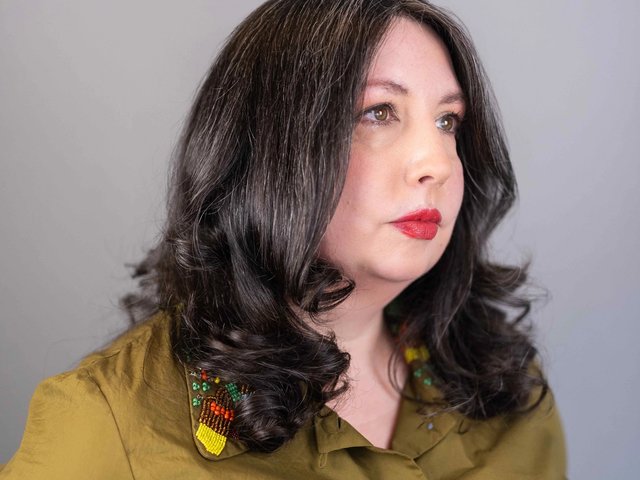The Bluecoat in Liverpool, the UK’s oldest arts centre, has launched its year-long 300th anniversary celebration with a show dedicated to artist alumni including John Akomfrah, Jeremy Deller and Yoko Ono. Public View (until 23 April) features works by more than 100 artists who have previously exhibited at the venue, which first opened in 1717 as a charity school for orphans. The building became an art space in 1907, when local artists moved in and began staging exhibitions such as Roger Fry’s radical Post-Impressionist showcase in 1911.
“Artists have always been at the heart of what we do, so it was important for us to do a show to say thank you,” says the Bluecoat’s artistic director, Bryan Biggs. The works on show run from the 1960s to the present, with several artists contributing new pieces. An online fundraising auction of works donated by participating artists will follow in September, hosted by Paddle8. Here’s our pick of five of the highlights from the exhibition.
Film of Yoko Ono’s Music of the Mind performance (1967)
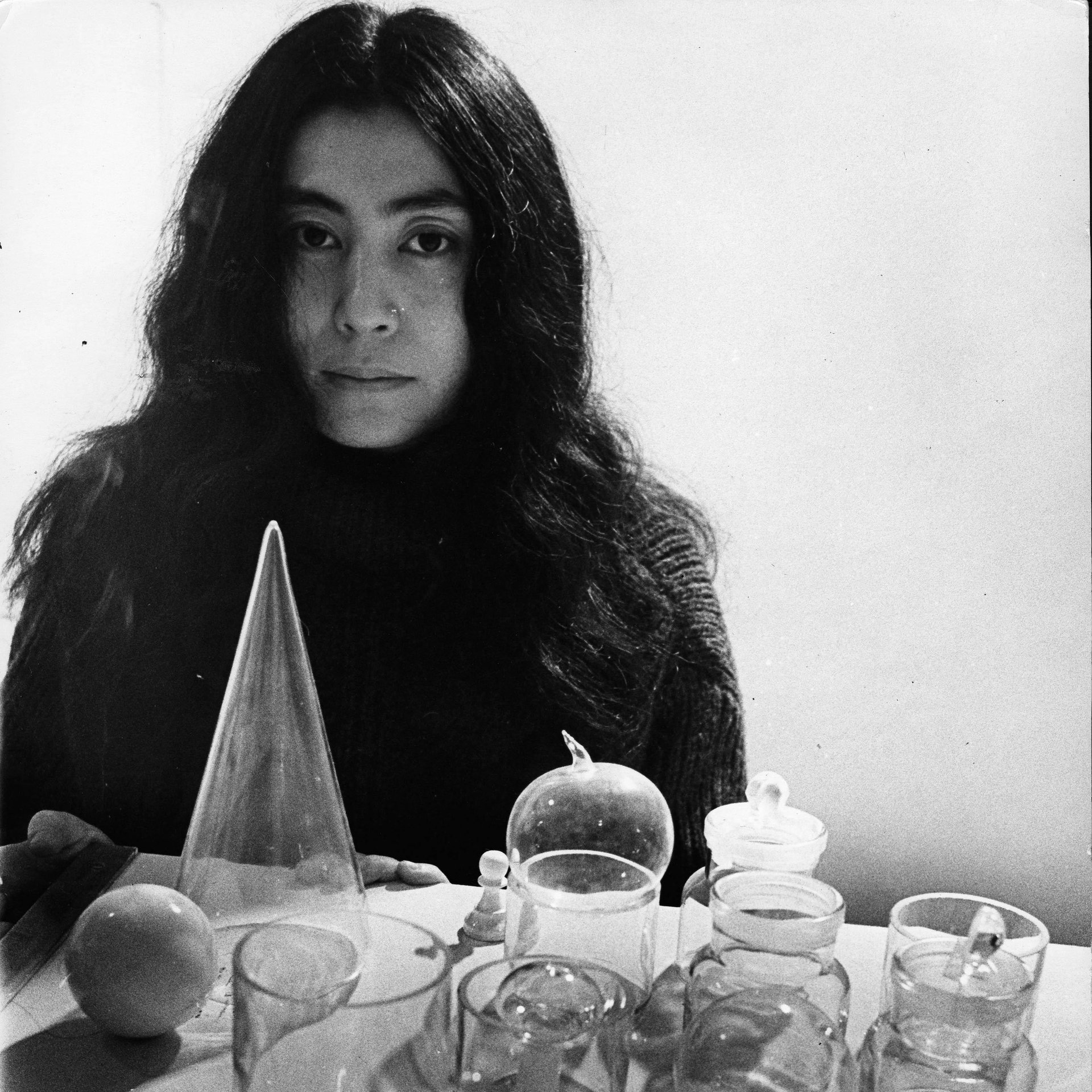
A little-known Yoko Ono performed to a crowded Bluecoat one evening in 1967, just months after meeting John Lennon for the first time. A TV news film of the event shows the Fluxus artist smashing a vase with a hammer—she gave the shards to the audience and said she would return in 30 years to put them back together—and inviting viewers to “fly” from ladders and wrap her in gauze bandages. Ono screened footage of the performance when she returned to the Bluecoat in 2008, Liverpool’s year as European capital of culture.
John Latham’s Firenze (1967)
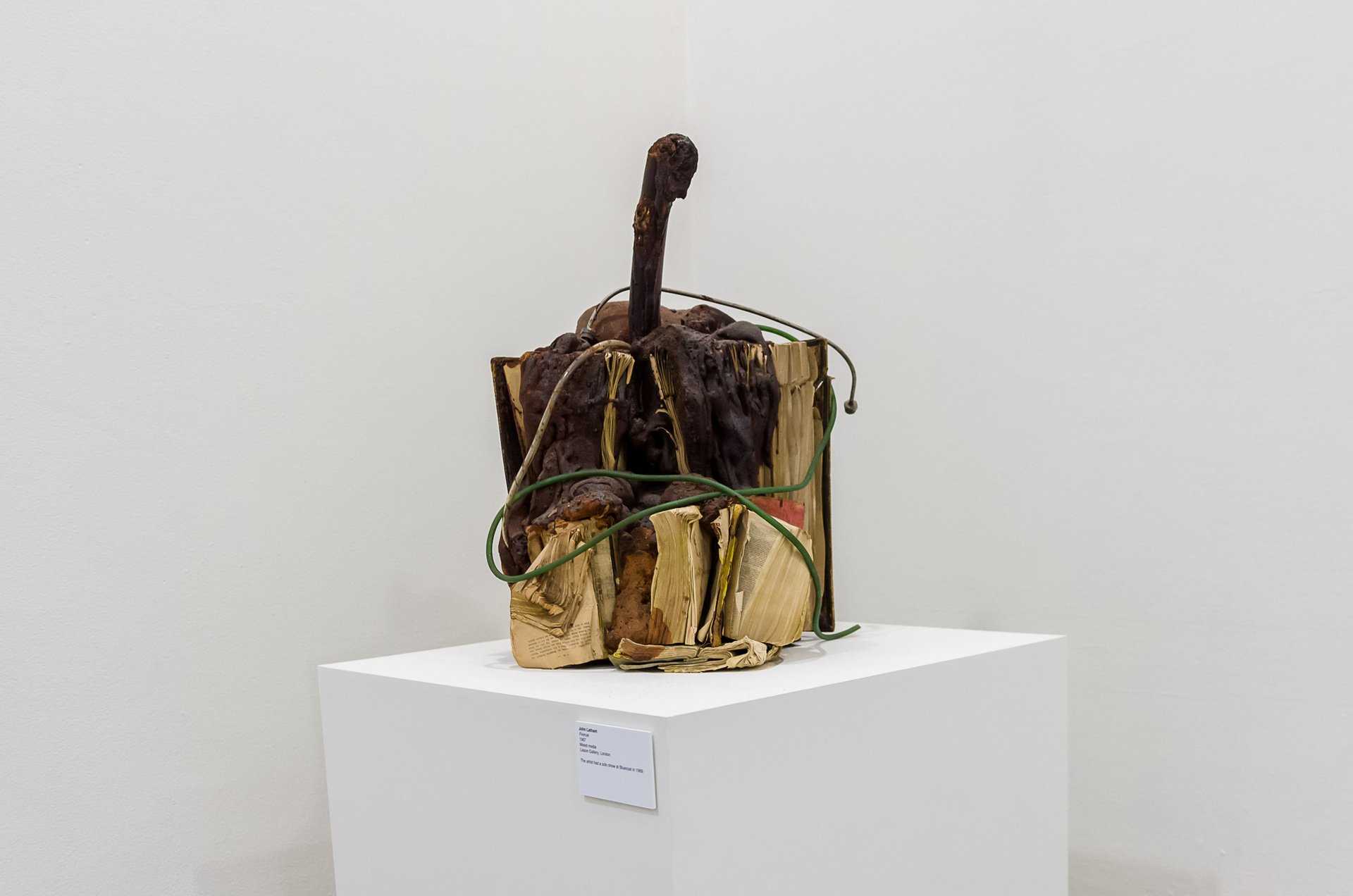
In the late 1960s, the Bluecoat gained a reputation as an outpost of Swinging London’s avant-garde art scene. Two years after Ono’s performance, the British conceptual artist John Latham had a solo show at the Liverpool venue. He may or may not have exhibited this assemblage of damaged books covered in resin and bound with rope. While its title suggests a connection with the floods that devastated Florence’s library in 1966, the destruction of books—including cutting, burning and chewing—was a running theme in Latham’s work.
Lubaina Himid’s Memorial to Zong (1992)
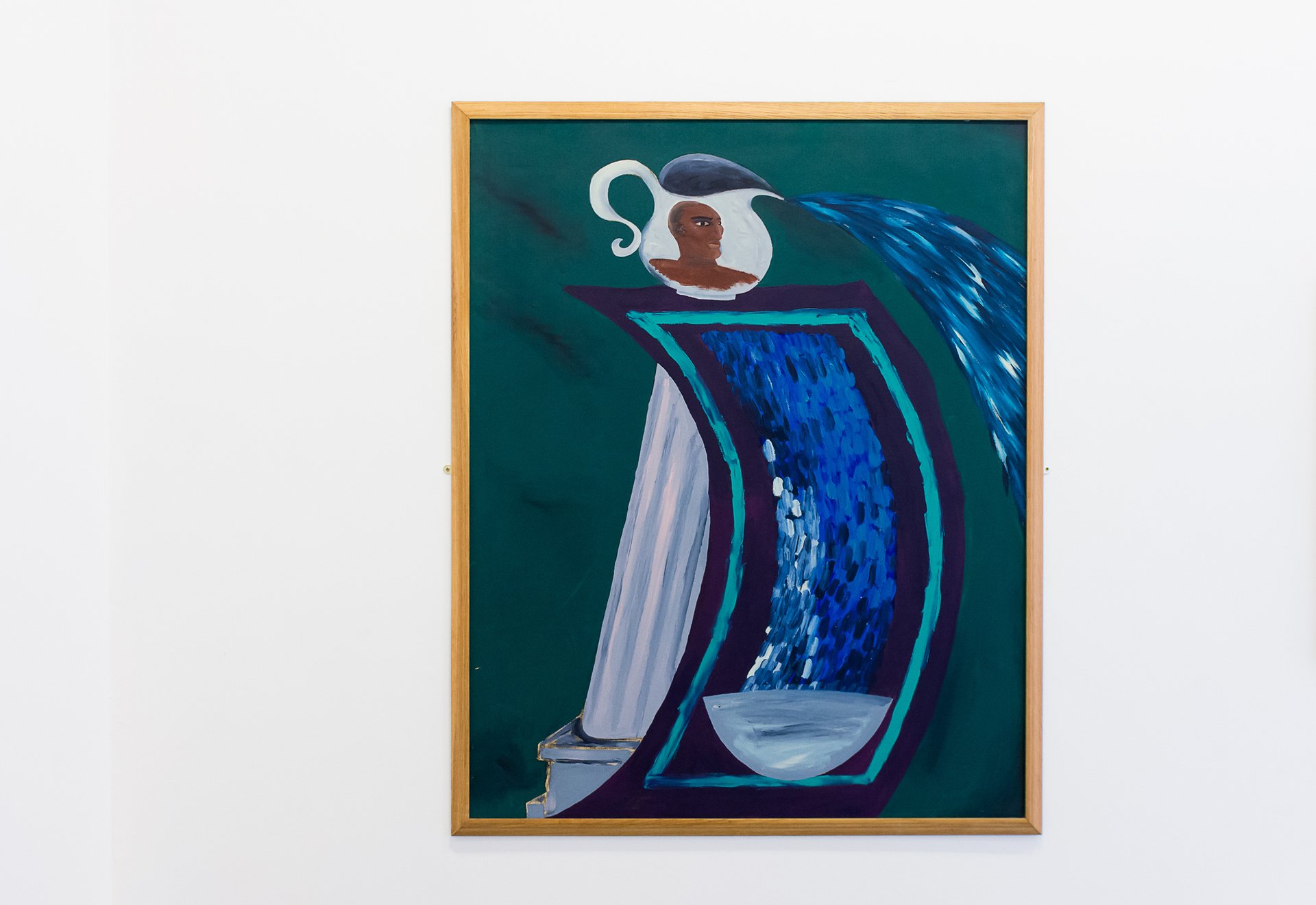
Himid’s painting underscores the “legacies of slavery” that resonate throughout the Public View exhibition, Biggs says. The work refers to the infamous Zong, a slave ship which jettisoned more than 130 African slaves in 1781 so the Liverpool owners could claim insurance against the cargo. The Bluecoat has formed a strong relationship with black artists in Britain since the mid-1980s, Biggs says, but the building was built on the profits of the slave trade, “like all 18th-century Liverpool institutions”.
Jeremy Deller’s History of the World (1998)
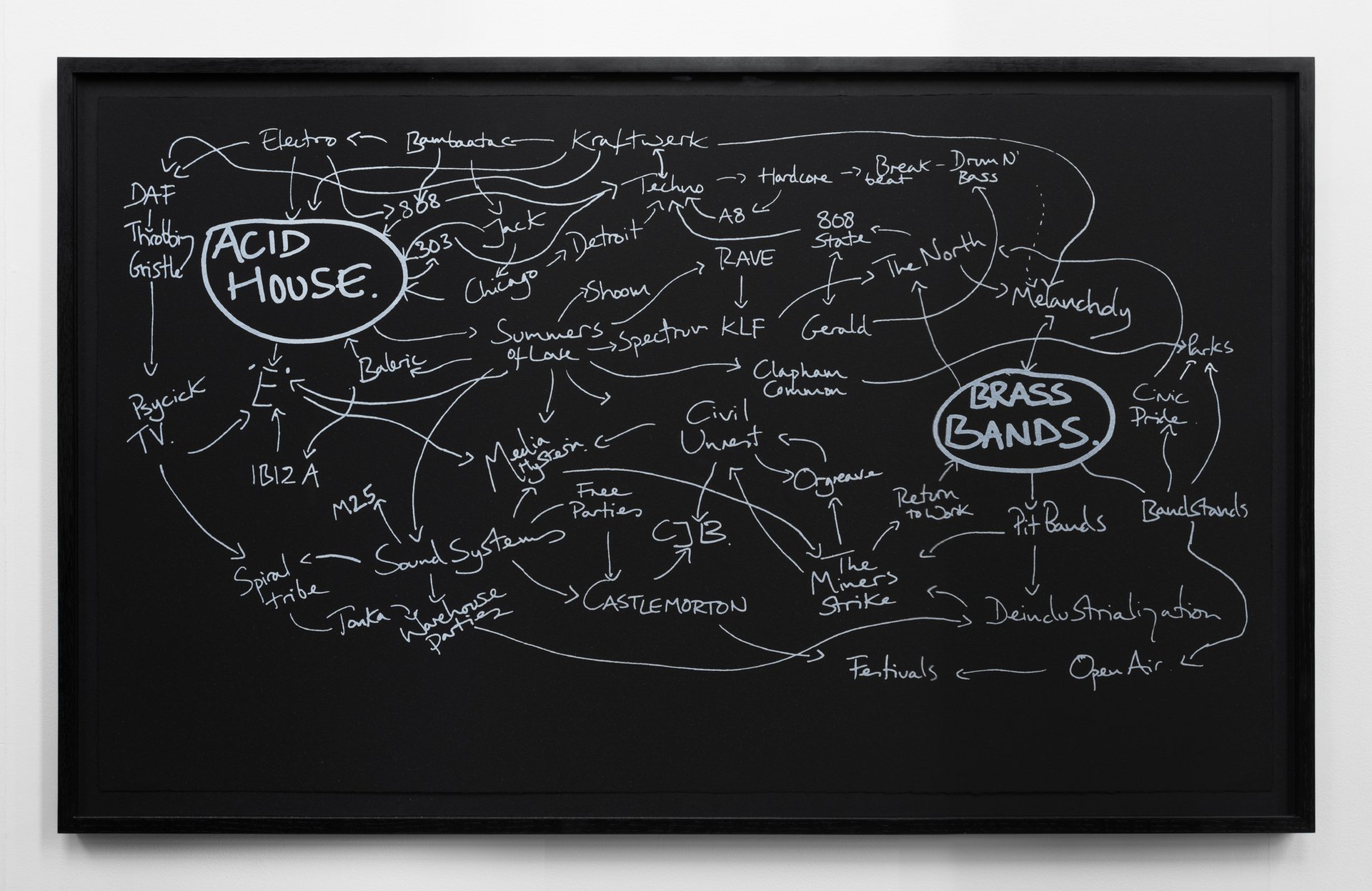
Deller won the Bluecoat’s open call in 1997 for a live piece around the perceived death of vinyl. The resulting off-site commission in Liverpool, Acid Brass, was the unlikely marriage of two musical movements popular in the north of England: acid house anthems re-scored for traditional brass bands. Deller’s subsequent flow chart print, which teases out the socio-political links between the two genres, points to the Bluecoat’s frequent crossover between music and visual art, Biggs says.
Bill Drummond’s AN ON GOING WORK (2001-present)

The musician and art prankster Bill Drummond (who awarded Rachel Whiteread a £40,000 worst artist prize on the same day she won the £20,000 Turner Prize in 1993) is presenting this cut-up Richard Long photograph. After a few years of owning Long’s document of a walk across Iceland, Drummond came up with a novel way to sell it. He divided the photograph into 20,000 squares and began touring UK art centres to sell off the pieces for $1 each and recoup the original cost. “He then got bored with that,” Biggs says. “It’s like an unfinished jigsaw.”


